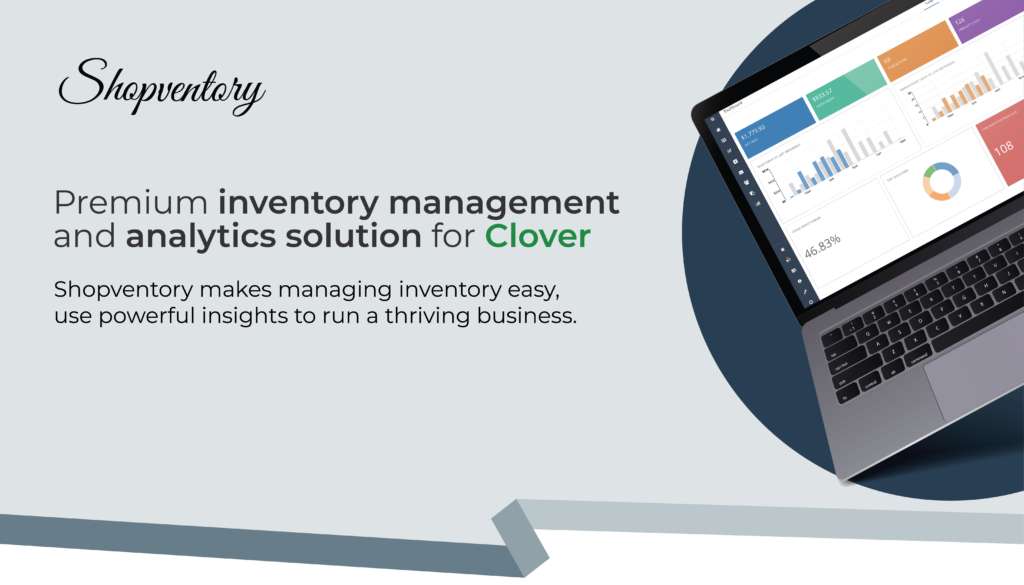How to conduct a year-end inventory count
Editorial Team
4 min read
While the end of the year is all fun and games for consumers, it can be a stressful period for business owners. Not only do you have to keep up with the demands of the holiday shopping season but, for many, it’s also time to ensure that your inventory records are accurate.
This guide breaks down the basics of calculating your ending inventory value and best practices, so you can start next year on a good note.
What is the purpose of year-end inventory counts?
Your end-of-year inventory count is important because it makes sure what stock you have on the shelves matches what’s in your books. Essentially, it’s one large cycle count. However, instead of breaking your inventory into small sections and completing a whole count over several weeks, it’s done all in one push.
Once you have your inventory count complete, then you’ll be able to know your ending inventory and complete a yearly financial analysis. Your ending inventory is the total value of all the products you have available for customers at the end of the year, which typically aligns with most business’ accounting period.
Advantages of knowing your ending inventory
- Know exactly what products you have on your shelves and/or in your warehouse
- Gain insight on what products you’re sitting on and losing money from to remove from your next purchase order
- Hold accurate inventory records for accounting purposes
- See what A/B tests drove the best results and which products need a new strategy
- Consider adjusting PAR levels for top-selling products that are low in stock
- Know the profitability and demand volume for expansion consideration
- Make business decisions based on data rather than intuition
- Determine the cost of goods sold and total net income
- Confirm that your pricing strategy was effective or identify where there is room for improvement

What you need
1. POS yystem
Having a reliable POS system, like Clover, is essential for having accurate, real-time sales data. Whether you’re on the Station Solo or Flex, keep track of sales on one system. That means less time managing records and more time selling during the holiday season.
2. Inventory management software
Conducting your end-of-year physical inventory with an inventory management platform, like Shopventory, will help you automate the count.
Easily view any stock discrepancies and sync out any inventory edits to your Clover account and/or eCommerce platform.
Additionally, instantly know your ending inventory value, eliminating a complicated ending inventory formula and human error.
3. Trustworthy staff
Calculating your ending inventory is a huge feat and having staff you can count on is essential. In order to hold your team accountable, set user permissions in Clover employee management software and Shopventory to have greater control over sales and inventory changes.
Also, require a manager’s approval before submitting your final physical count and making changes to your sales channels.
4. Barcode scanners
While you can complete your physical inventory count using online spreadsheets or a pencil and paper, that increases room for human error.
Barcode scanners not only increase accuracy but can save you hours as you cycle through your stock.
With Shopventory, users can use a mobile barcode scanner app or their own physical barcode scanner to count each product’s barcode and quantity.

How is ending inventory calculated?
If you’re not using an inventory management software, like Shopventory, that automatically calculates your ending inventory, then you’ll have to use the following ending inventory formula.
Beginning inventory + net purchases – COGS = ending inventory
Here’s how that formula breaks down:
- Beginning inventory: The value of all the products your business had on hand the beginning of the year or accounting period
- Net purchases: The value of all the new inventory added during the year or accounting period
- Cost of goods sold (COGS): The total value associated with selling products to customers including labor and utilities

5 steps to conducting your end-of-year inventory count
- Complete a full inventory stock count
- Make note of any inventory discrepancies
- Assign a troubleshooter to audit and confirm the findings
- Update your stock records to match your physical inventory
- Calculate your ending inventory automatically with Shopventory or using the ending inventory formula
Year-end inventory best practices
- Practice cycle counts and proper inventory management throughout the year to reduce end-of-year stock discrepancies
- Organize a plan to account for all your stock
- Allow your team enough time to complete the inventory count, ideally on a day you aren’t open
- Close out all shipping, receiving, and transactions before the count
- Have at least two people or teams complete the count separately to ensure accuracy
- Provide snacks or give gift cards to staff to make the process more fun and rewarding
Related Posts
New Paycheck Protection Program (PPP) loans: How to qualify and apply
15 small business tips for 2024
Popular Topics
Stay In Touch
Sign up and learn more about Clover.
Thank you for your subscription!
Recent Stories
- Jewelry store supplies and equipment needed for opening day
- How small businesses can use employee discounts to retain staff
- Tips and tricks for opening an outdoor pop-up restaurant
Please share your contact information
to access our premium content.
Thank you for sharing your contact information.
Download Now





